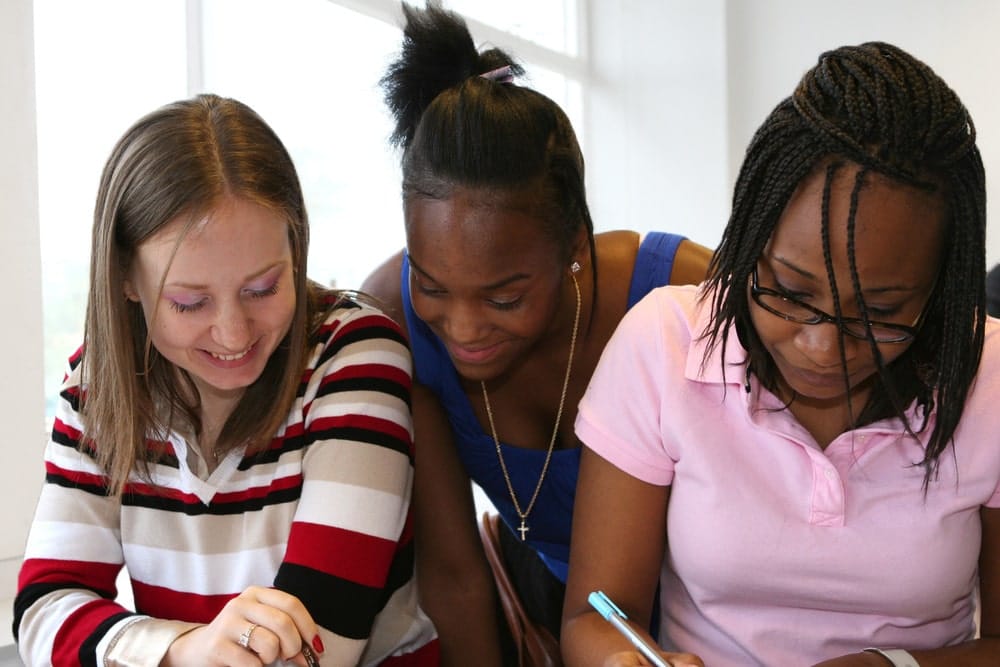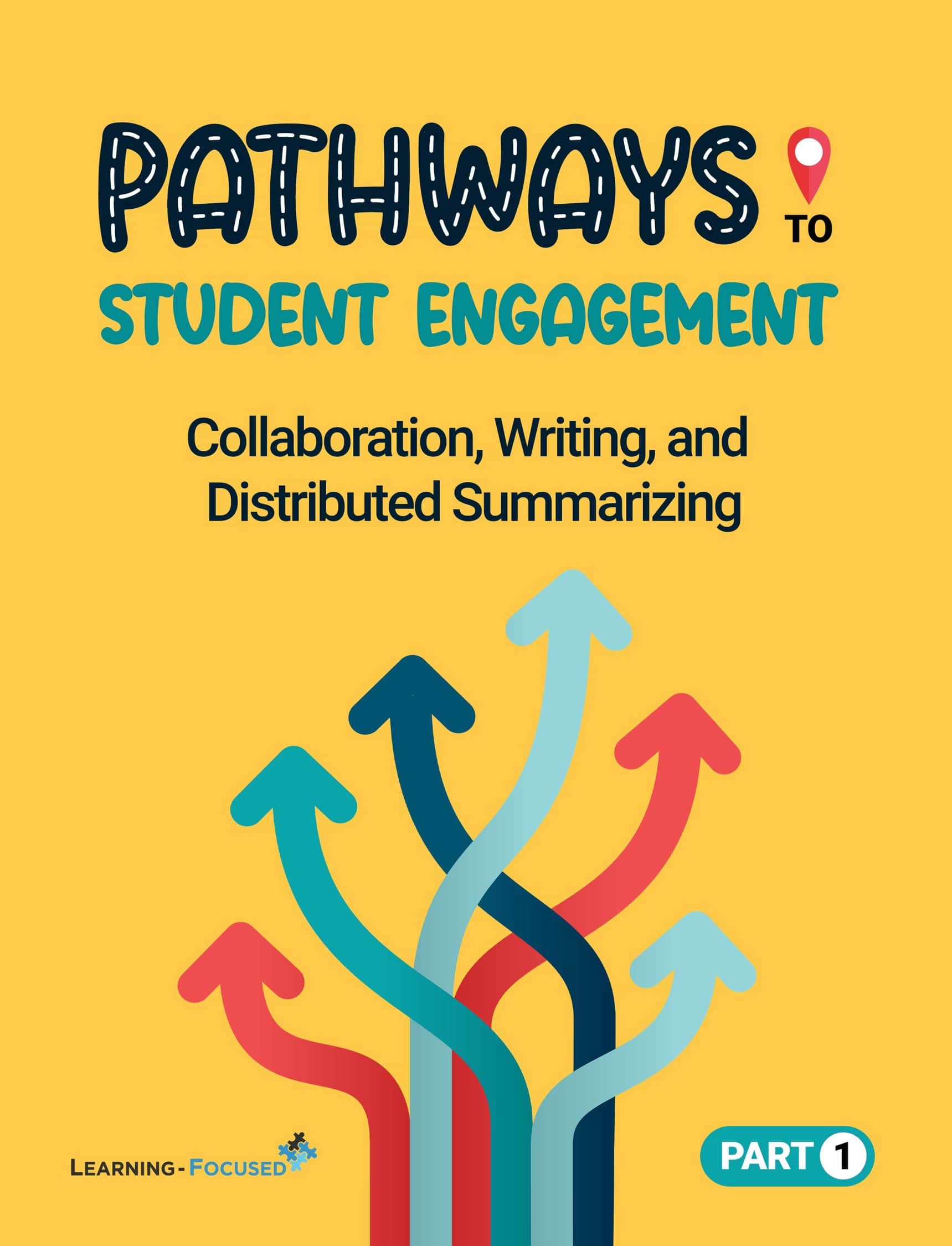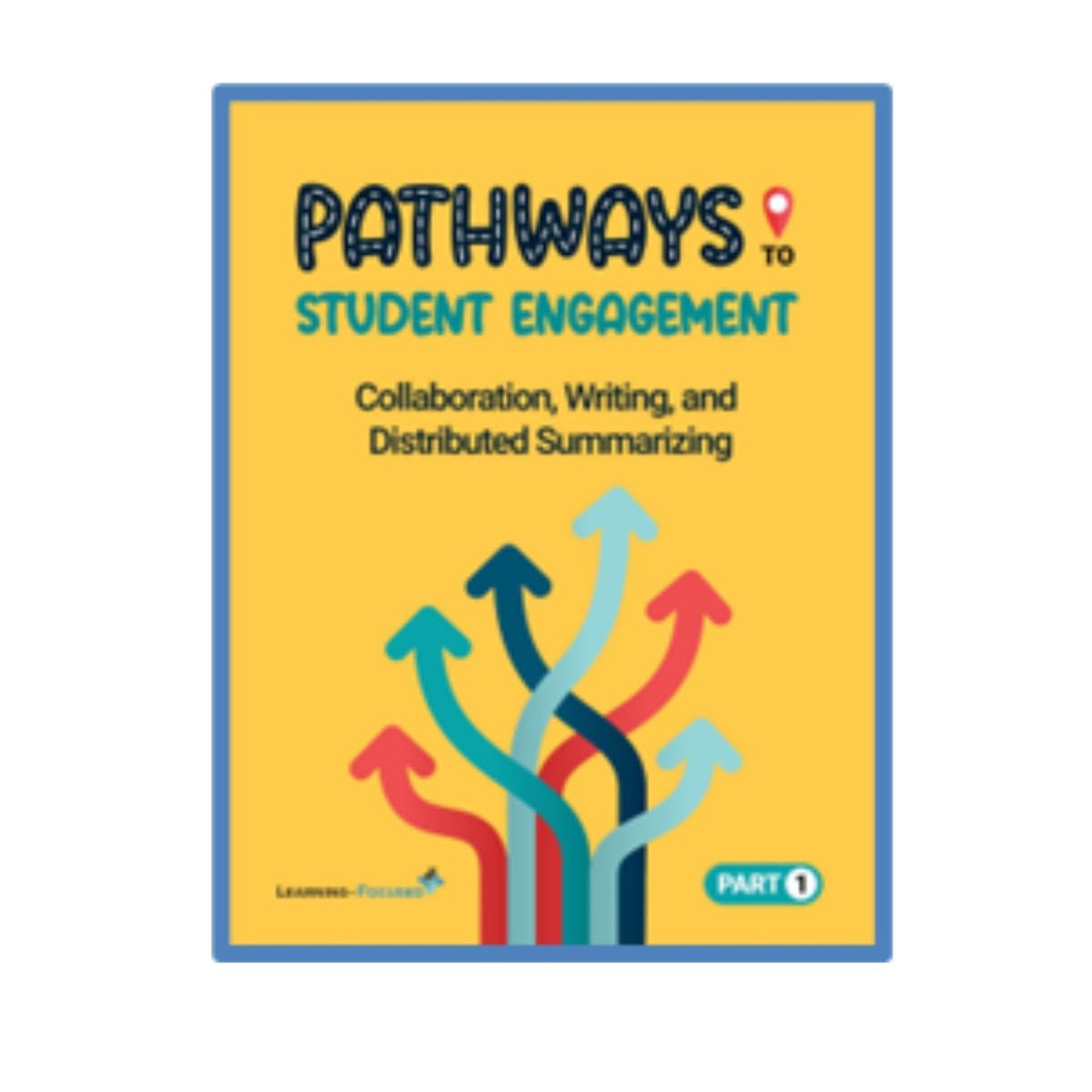
Pathways to Student Engagement
Part 1: Collaboration, Writing, and Distributed Summarizing
Enhance Student Engagement with Strategies That Work

Student engagement is more than just participation—it’s about behavioral, cognitive, and emotional investment in learning. When students are engaged, they are more likely to persevere, think deeply, and take ownership of their learning.
Yet, it’s common to see students who appear compliant but are actually disengaged. They may go through the motions without truly connecting to the content. Why? Disengagement often stems from a lack of relevance, limited autonomy, or emotional disconnection.
This professional learning introduces three high-yield strategies that reframe engagement and promote deeper thinking, motivation, and active participation:
Distributed Summarization, Writing to Learn, and Collaborative Pairs.
These research-based strategies work across all grade levels and content areas. Through hands-on activities, you'll learn how to implement them in ways that create dynamic, student-centered classrooms where learners feel challenged, connected, and inspired.
Let’s close the engagement gap by creating pathways that enrich and elevate teaching and empower students with the skills they need for academic success.

Pathways to Student Engagement Part 1: Collaboration, Writing, and Distributed Summarizing
Professional Development Opportunities
Professional Development Agenda
Pathways to Student Engagement Part 1: Collaboration, Writing, and Distributed Summarizing
Professional Development Agenda PDF
Course Syllabus
Pathways to Student Engagement Part 1: Collaboration, Writing, and Distributed Summarizing
Comprehensive Course Syllabus PDF

Buy the Pathways to Student Engagement Part 1: Collaboration, Writing, and Distributed Summarizing Book -
Student engagement is essential for deeper learning, but sustaining it requires intentional, research-based strategies. The Pathways to Student Engagement series provides practical strategies for transforming passive participation into active learning. Each book focuses on high-yield instructional strategies that foster collaboration, critical thinking, and meaningful interactions. From writing and discussion to questioning and vocabulary development, this series helps educators create dynamic, student-centered learning experiences that drive achievement. This series focuses on what the strategies are, and more importantly, why they are so incredibly powerful, enabling you to have much deeper knowledge for successfully adapting the strategies in your lessons and units.
In Pathways to Student Engagement: Collaboration, Writing, and Distributed Summarizing (Part 1), you will learn how to unlock the power of collaboration and writing to deepen student engagement in math instruction. This guide explores strategies such as Collaborative Pairs, Writing to Learn, and Distributed Summarizing, helping educators foster meaningful discussions and active participation. Learn how to shift students from passive compliance to engaged learners by integrating these high-yield strategies into daily lessons.
- Regular price
- $55.00
Frequently asked questions
How much is shipping?
Regular ground shipping, which arrives in 7-10 business days, is free. Yes, FREE!
However, if you need faster shipping for an additional charge, call 866-955-3276 to place your order.
Do you offer quantity discounts?
We offer quantity discounts up to 10% on materials when purchased for a school-wide or district-wide professional development
training that we are providing at your location or when using with a Learning-Focused Online course.
Contact us to request a discount.
What is your return policy?
Learning-Focused will accept returns of products within 30 days of receipt of shipment for a refund. Learning-Focused will accept
returns of products within 45 days of receipt of shipment for an exchange or store credit. To qualify for return or exchange, products
must be unused.
Call 866-95-LEARN to arrange the return for a refund or exchange. Products purchased that are made to order (Coaches Binders,
Monitoring Binders, Redelivery Notes) will not be accepted for exchange or refund. Defective products will be exchanged for the same product only.



